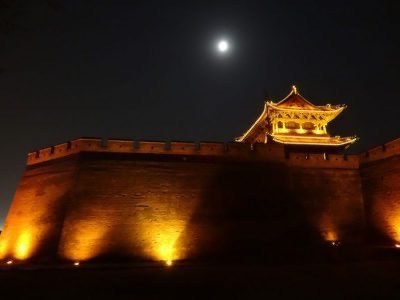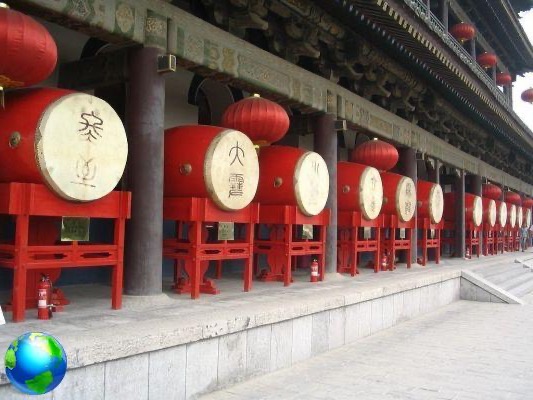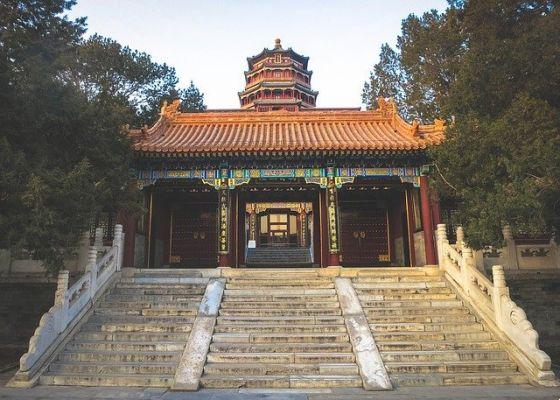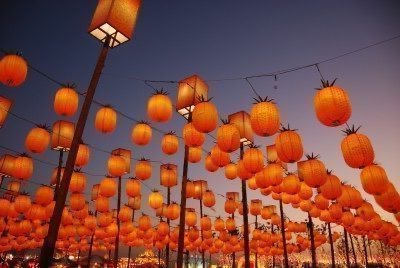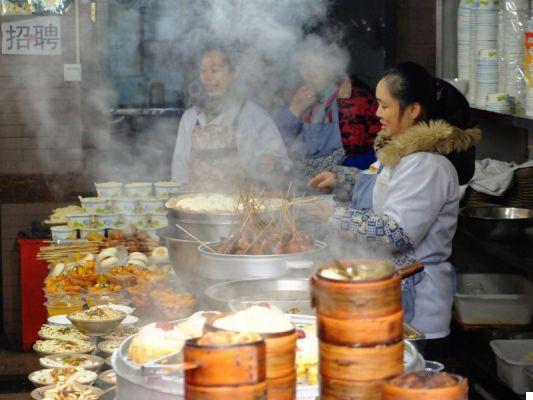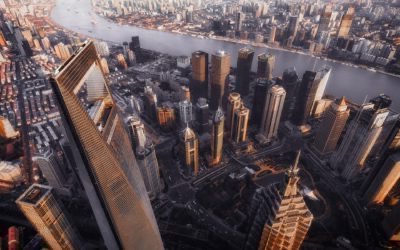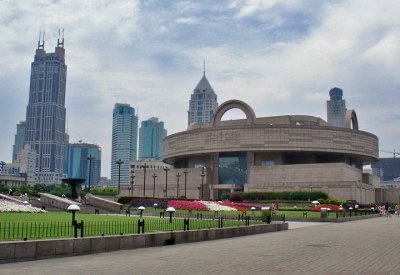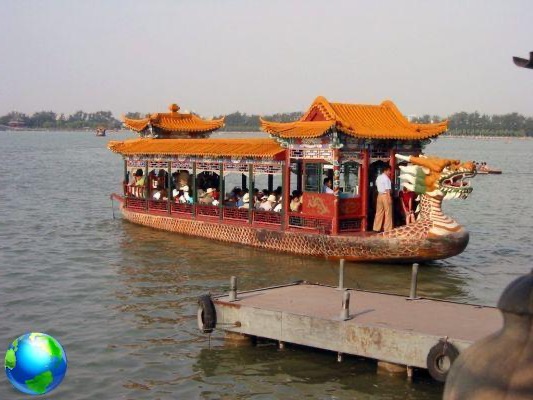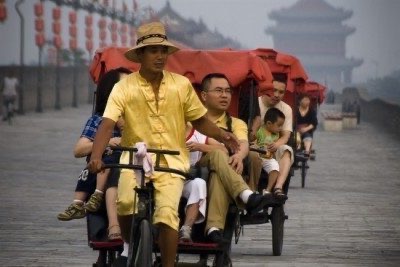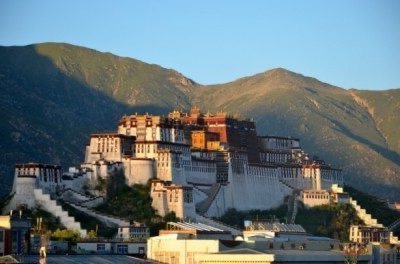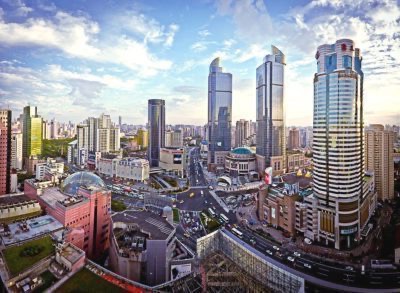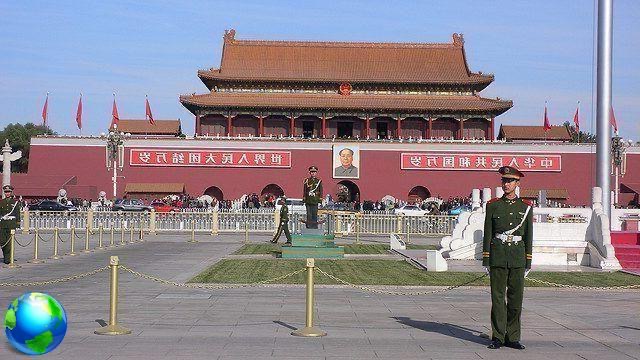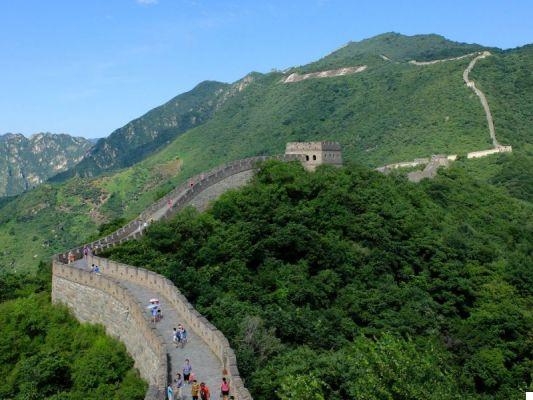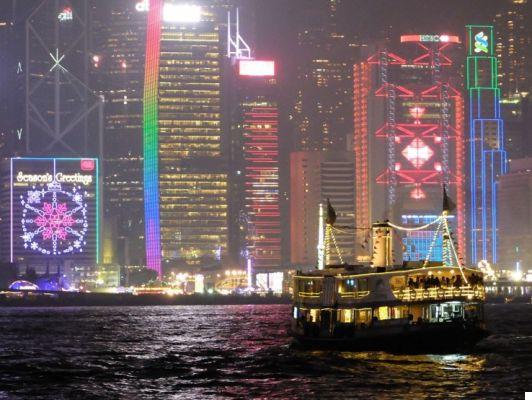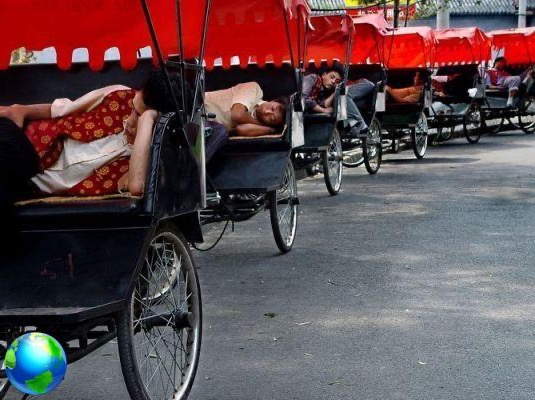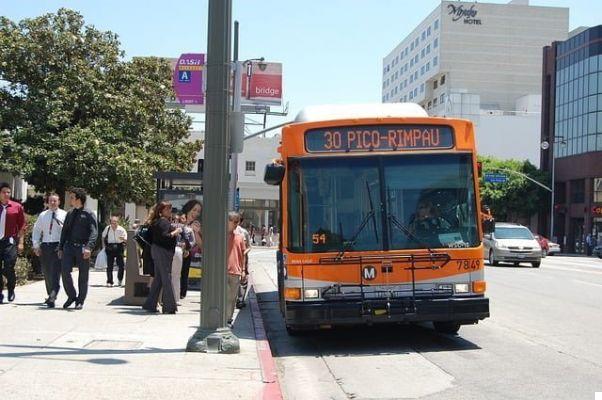Beijing is one of the smartest cities in the world, where the subway ticket is paid by inserting plastic bottles into the machine. A revolution that of Beijing that makes you think and makes you want to take a low cost trip here too.
The news is these days, a Beijing the Chinese authorities have decided to install over one hundred subway stations plastic bottle collectors, to reduce pollution and increase the profits of the local industry that recycles plastic.
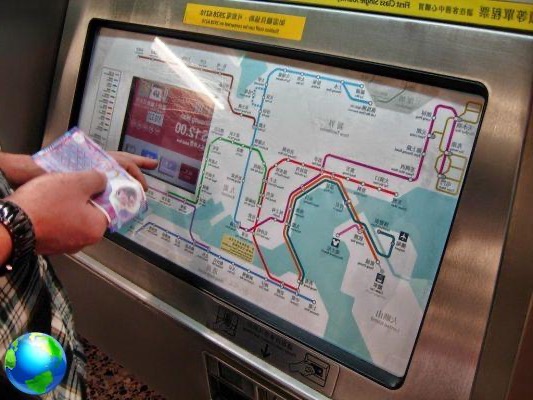
The Beijing Metro therefore allows passengers to travel for free in exchange for plastic bottles. In this way, passengers can help preserve the environment and at the same time save travel money. The company currently recycles 50.000 tons of bottles a year, largely collected by ordinary citizens who roam the city in search of empty plastic bottles and containers. I don't know if you've ever been in Germany, but there the same thing is done in supermarkets with glass and plastic.
Returning to Beijing, for each bottle the passenger receives between 0,5 and 0,15 dollars, which means that with 15 bottles you can move freely on any of the 8 lines and 105 subway stations of the Chinese capital.

A good initiative that perhaps we could take, especially in cities where metro tickets are just not available, as in the case of Rome. At least those who want to be able to travel for free again, yes, but at least they will have done good to the environment.
How much does the Beijing subway cost?
Beijing subway tickets have a different cost based on the lines to be taken. A bit like in Madrid, which has a cost based on the distance to be covered, in Beijing the cost is based on the lines, more or less busy and important that you want to use. Traveling on lines 1 and 2 costs 3 yuan, for example. While, if you intend to stay in the city for a longer time, even if only for a week, it is worth doing the monthly pass called Yikatong, which can be used on metro and buses. However, there is a pass valid even for the subway only, and it costs 60 yuan.

How does the Beijing subway work?
Currently, the names of the stations on the platforms have also been written in English, so as to facilitate all the tourists who come to Beijing every year. Don't worry, because you will also find written in English on the subway carriages and the stops will be announced in English. The subway is in operation from 5 to 22,30 or 23, this depends on the line. The main lines are line 1 which runs through the city from east to west, line 5 which runs from north to south; 2 which is the main circular line in Beijing, while 8 and 13 are the east extension of 1 and a circular line in the north of the city. In all, the Beijing subway has 10 lines.





